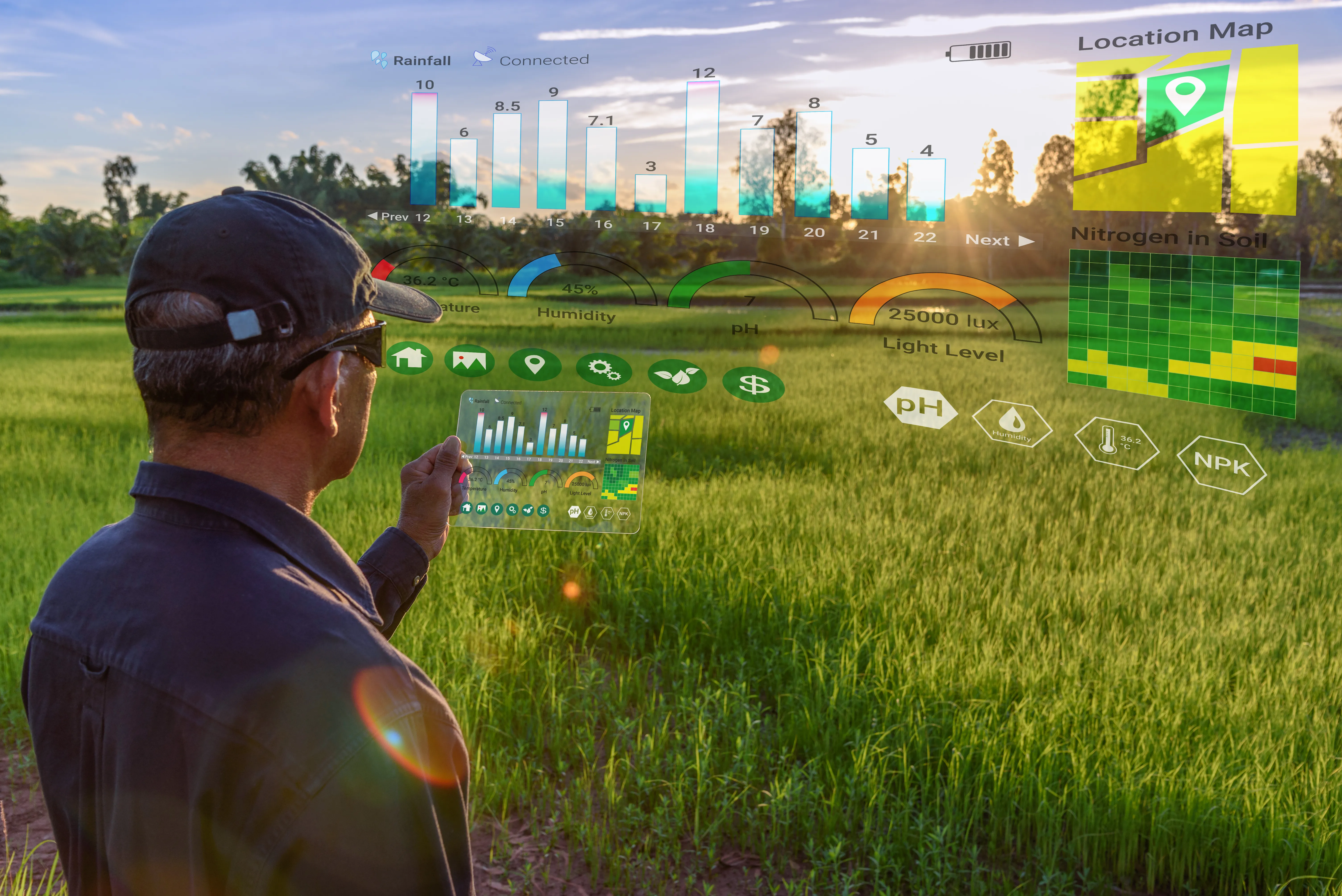
Eco-Conscious Ways to Heat Your Home This Winter
With our planet’s temperature hitting record-breaking highs each year, there’s no question that global warming is alive and kicking. And we know that designing our homes to be environmentally responsible is a way to combat these effects. Maybe you’ve even made a pact to go net zero some day, or rely solely on wind power at some point in the future. But with a skeptic of climate change as our country’s impending leader, we can’t afford to put off these well-meaning goals any longer. It’s now more dangerously critical to adopt alternative methods of energy consumption than ever before.
As we head into the cold winter months, we’re faced with some of the heaviest months of fossil fuel usage—when we all turn to our gas-guzzling furnaces to keep warm. But there are plenty of eco-friendly alternative methods that will keep you just as cozy. Here are some ways to reduce your carbon footprint for a greener winter season before you can even say “climate crusader.”
Radiant heating
Although our current construction is different, the concept of radiant flooring—heating objects rather than air—is the same as what the ancient Romans used for the hypocausts that warmed their hot baths and marble floors. And it makes sense. Since heat rises, this method of underfloor warmth distributes the heat more more efficiently. Plus, it eliminates the wasteful energy leaks rampant in traditional gas or ducted systems.
Among the three types of radiant floor heat, hydronic—which channels the warmth via hot water through underfloor tubing—is the most environmentally responsible, since it regulates temperature so well and can be used in conjunction with solar for on or off-grid homes. Best of all, it can be covered by just about any flooring material you’d like. Say hello to 20-30% more heat gain and goodbye to frigid bathroom tile on your feet!
Geothermal Heating
What could be more eco-conscious than a method of heating whose name literally means “heat from the earth”? Enter geothermal heating, which draws from the constant temperature of the earth’s crust. Heat is transported from underground pipes—known as the ground loop—to a heat pump, which then circulates through your home as warm air. Geothermal heating systems don’t rely on fossil fuels—they’ve even been used to help recycle wastewater! In fact, according to the EPA, they’re among the most environmentally friendly and energy efficient heating systems around.
Solar heating
The sun warms our seas and atmosphere, so why not our homes, too? Even on cloudy days, you can harness the power of this abundant, sustainable energy for heating your home in a variety of ways. First, there’s a solar air heater, which works like a greenhouse—heat from the sun is trapped in a collector and then distributed as warmth through an air hose—or through hot water tubing in a hydronic collector—into your home. Another option is a photovoltaic system—roof-mounted solar panels that convert sunlight into electricity. And while this requires a considerable upfront investment, there are plenty of available governmental incentives and tax credits to make the cost more affordable. The best part is that once your panels are paid for, you’re looking at a lifetime of clean, renewable energy—for free!
Pellet Stove
Hailed by the Department of Energy as the “cleanest solid fuel, residential heating appliance,” these stove types run on compact pellets made from organic recycled waste like sawdust, corn or nutshells, or wood shavings that would’ve otherwise ended up in a landfill. The compression regulates their moisture content for more efficient combustion, so they burn cleaner and more efficiently than a traditional fireplace, producing less smoke creosote and other air pollution.
Fireplace Insert
Ah, the crackle of a roaring fire. Nothing gives a room more of a cozy, inviting ambiance like a fireplace. Unfortunately, most traditional wood-burning fireplaces aren’t exactly efficient. For all the heat they radiate, they lose even more, pulling in 300 cubic feet of warm air per minute out of the room, where it escapes through your chimney. But they’re the heart of the home during the winter—so rather than giving yours up, simply make it more efficient. Fireplace inserts fit inside of your existing “metal or masonry” fireplace to create an effective seal, which traps your heat, for more efficiency and less air pollution. And make sure your wood is sustainably sourced by using waste wood, or supporting companies whose firewood bears the FSC certified logo—this indicates that it was harvested from responsibly managed forests.
Passive Design
The easiest ways to go green with your heating is to work with what you already have. Passive design is a heating technique that involves no dangerous emissions or mechanical interference. You can increase your heat gain by caulking and weatherstripping draft-prone areas, such as doorways and windows, and by adding effective insulation—wool, cork, cotton, and recycled plastic are all green alternatives.
Even small changes like adjusting the thermostat or using heavy rugs and thermal curtains will work too, if it means that you’re reducing your reliance on fossil fuels. Because when it comes to our environment’s future, every bit counts.
Lauren Pezzullo is a writer, editor, and musicophile who’s passionate about vegetarianism and sustainable eating. As an editor for Modernize, she writes about energy-efficient living in the home. She’s currently writing her debut novel.















